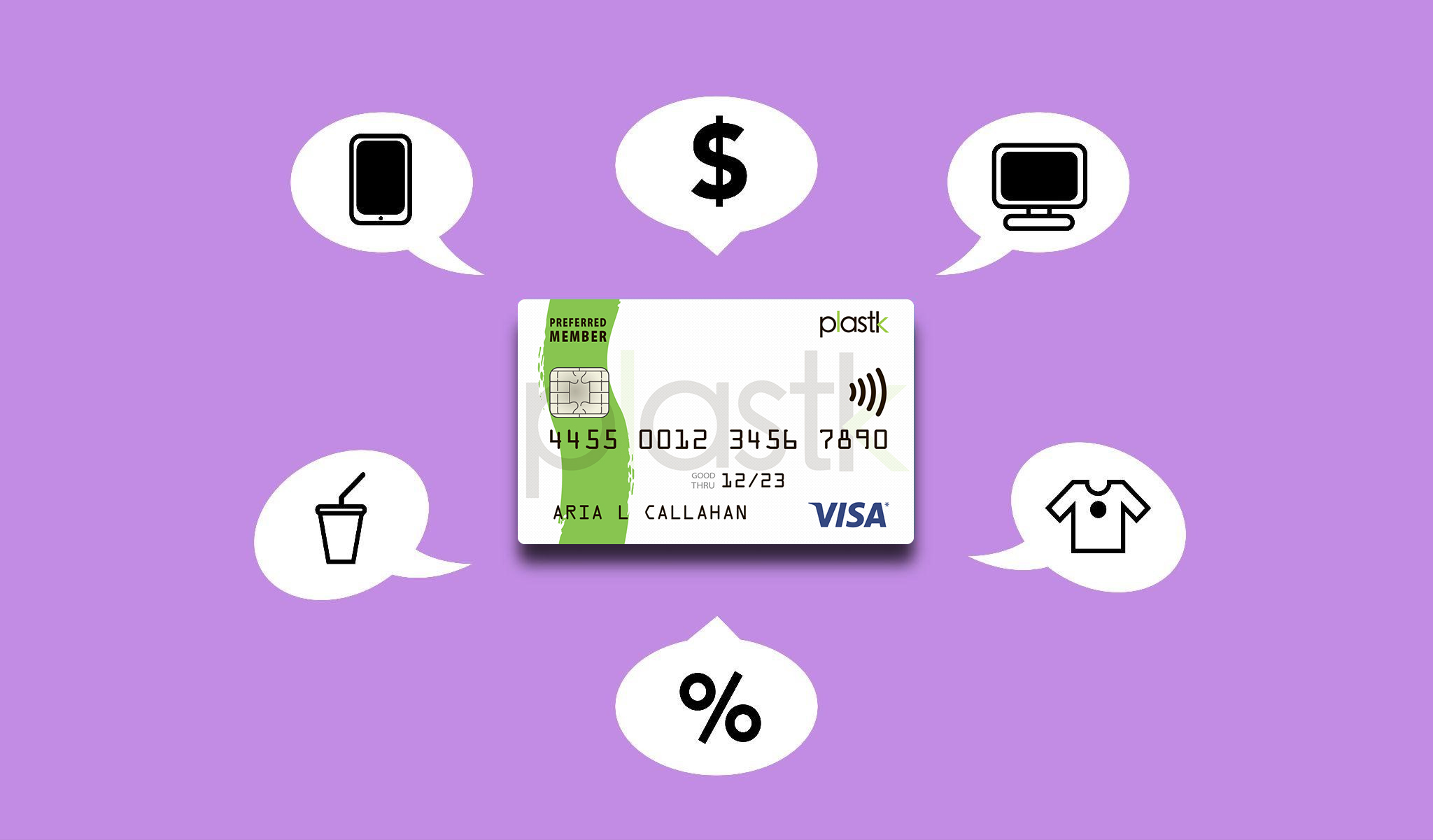Credit Card Terminology Explained (J to Z): Easy-To-Understand Guide

Image Credits: Pexels
Last week we covered the credit card terminology (A to I) in our financial literacy blog section. Did you enjoy reading it? Of course! (We hear you :p)
Let’s continue the list with the credit terms J to Z.
Disclaimer: This guide isn’t like any other on the internet. Because here, you will actually understand the meanings after reading the terms.
Yes! Don’t believe it? See it for yourself. :)
1. Joint Account
As the name suggests, it’s a combined account operated by two or more people.
All account holders manage the funds, transactions, and every financial activity (related to the account).
2. Joint Credit
Usable credit for joint account holders.
Note: Every joint holder will be liable to pay the balance and repay debts.
3. Lender
Lender is a credit card service provider that can be an individual, bank, or company.
4. Loan Contract

Image Credits: Pexels
It is a mutual agreement between the loan provider and the borrower. It states every term and condition clearly!
Bonus: Read Your Loan Document To Not Get Screwed!
5. Liability
It is to be legally responsible for the amount you borrowed from the lender or credit card company.
Note: The liability covers the interest rates, additional credit card fees, and other charges.
6. Line Of Credit
It’s more like a personal line of credit a business or individual consumer can borrow up to a preset limit from the lender.
7. Late Payment
True to the name, it’s a payment that has passed the due date and is now considered “late.”
A late payment usually has an additional fee, so make sure you clear your balance timely every month.
Bonus: Is A Negative Balance On Your Credit A Bad Thing?
8. Mobile Wallet
Also known as an e-wallet or a digital wallet, a mobile wallet allows the user to make purchases or transactions through mobile.
You don’t need a physical card while purchasing.
9. Mastercard
It is an electronic card that works on specific transaction platforms to proceed with payments.
10. Minimum Payment
It is the minimum amount every user must pay on their cards every month.
Of course, the final payment depends on the outstanding balance you owe to the lender.
11. Monthly (Maintenance) Fee
Some of the top credit cards in Canada and worldwide will charge monthly maintenance to provide the best credit services.
Note: Not every card charges a monthly fee. Some of them charge an annual fee, while others charge nothing.
But the little money you pay is worth the services you get!
12. New Charges
If a user wants to upgrade the services or remove any of the existing ones, the lender might add new charges to the statement.
13. Online Bill

Image Credits: Unsplash
It is the service of e-transaction provided by the lender.
The user can pay bills digitally using the mobile app or online portals. Usually, the funds are deducted from the credit card or account attached.
Bonus: Read This Guide Before Transferring Money Online!
14. Outstanding Balance
It is the credit amount you owe to the lender or service provider after the monthly payments.
15. Over Limit
It is the additional amount charged other than the available credit.
Note: The bank or card company might charge you a fee for the over limit.
16. Open-End Credit
Open-end credit or revolving credit allows users to pay interest only on the funds (up to a credit limit) they use.
Emily Starbuck explains that you can reborrow the money once you have repaid the amount.
17. PIN (Personal Identification Number)
It is an identification number decided with the bank or card company which is then used for every transaction you make.
It works like authentication to proceed with the transaction.
18. Payment History
It is the record of your recent and previous payments.
Bonus: All The Tea Surrounding Credit History!
19. Penalty APR
It is the penalty fee when you miss a payment.
Usually, the interest rates increase (Penalty APR) after one or two late or missed payments.
20. Previous Balance

Image Credits: Pexels
It is exactly what it sounds like; the previous remaining amount added to your next balance.
21. Payment Due Date
It is the last date or deadline to clear your outstanding balance in full.
22. Prepaid Card
It works similarly to a debit card, but in the case of a prepaid card, the amount is charged directly to the card and not to a bank account.
23. Prime Rate
Do you have a good Equifax credit score? This is for you!
A prime rate is the interest banks, or lenders offer to perfect credit consumers.
24. Rewards Credit Card
A credit card that offers rewards, points, bonuses, cash back, gift cards, and other incentives to the user for responsibly using the service.
It focuses mainly on the rewards for every purchase.
25. Secured Credit Card
It is a type of credit card that requires a deposit which works as a security for the lender.
A secured credit card is an ideal option for people with bad credit.
26. Statement
It is a record of all your monthly or quarterly (specified time) payment records.
27. Security Code
CVC/CVV is a 3 or 4-digit number at the front or back of your credit, visa (CVV2), debit, or Mastercard (CVC2).
28. Sign up Bonus
Credit card companies provide appealing bonuses to consumers when they sign up. It can range from free credit to reward points, etc.
29. Soft Inquiry

Image Credits: Pexels
A soft inquiry is initiated when a lender requests to access limited consumer credit information.
Note: Soft inquiries don’t usually affect your credit score.
30. Travel Rewards
Travel rewards come in miles, travel points, accommodation discounts, etc.
Bonus: Use Travel Rewards Without Falling In Debt!
31. Teaser Rate
Some lenders offer certain consumers a specific interest rate (reduced or increased) called a teaser rate.
32. Transaction Fee
It is a fee charged on various transactions. For instance, it can be a late payment fee, exceeding limit fee, or withdrawal fee.
33. Unauthorized Credit Charges
In simple words, it is every charge that the user didn’t initiate. It could be a clerical error or a data breach.
Bonus: 7 Credit Report Errors You Must Know!
34. Unsecured Credit Card
It’s a credit card that doesn’t require any security deposit to work as collateral.
This also implies its approval terms are complicated compared to secured credit cards.
35. Utilization Rate

Image Credits: Unsplash
The ratio of credit you use to the credit available for your use.
The lower the credit utilization rate, the higher will be your credit score.
Bonus: Tips To Rebuild Your Credit Score In 2022!
36. Variable Interest Rate
It is a fluctuating interest rate that usually depends on the prime rate plus additional charges.
It usually varies periodically!
37. Withdrawal
It includes cash advances or ATM transactions.
38. Zero Balance
It is the balance shown on the statement or report when all the outstanding balance has been cleared.
39. Zero Liability Protection
It voids the consumer from the liability of unauthorized charges.
It is a mutual agreement between the borrower and the card provider that he/she will not be additionally charged in terms of a data breach or credit error.
Bonus: Protect Your Money From Data Breaches!
Final Thoughts
Learning about the basic credit card terms is evident, but it doesn’t have to be complicated or daunting!
However, readily available online information can sometimes be too much to digest.
In fact, often, it makes the reader feel like a noob and financially illiterate individual.
Not here, though!
The sole purpose of our guides is to educate beginners or even experts in an easy-to-understand language.
What are you waiting for? Read the complete article to verify the statement! :p


